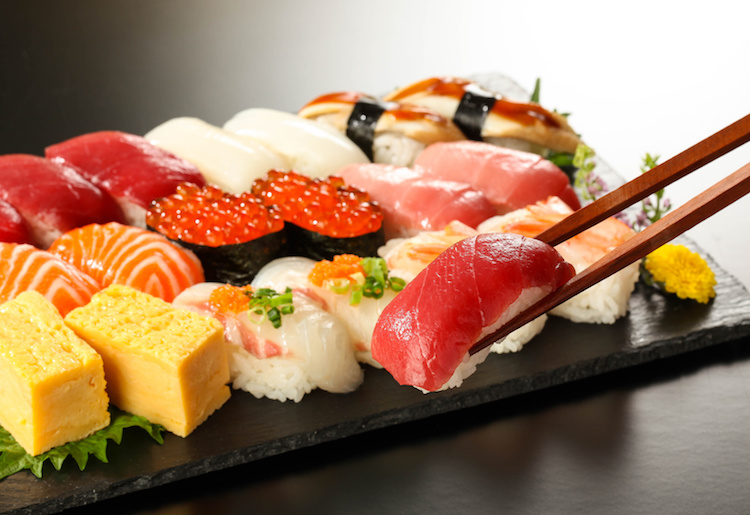journalofserviceclimatology.org – Sushi, a culinary masterpiece that has captivated the world with its simplicity, elegance, and depth of flavor, is much more than just a dish; it’s an art form that embodies the essence of Japanese culture. This traditional Japanese dish, which has its roots dating back centuries, has evolved into a global phenomenon, celebrated for its aesthetic presentation and the meticulous craftsmanship involved in its preparation.
The History of Sushi
The origins of sushi can be traced back to Southeast Asia, where it was used as a method of preserving fish. The fish was wrapped in fermented rice and stored for extended periods, with the rice acting as a protective layer. Over time, the practice made its way to Japan, where it underwent significant transformations. By the Edo period (1603-1868), sushi had become a fast food, known as “nigiri-zushi,” consisting of vinegared rice pressed into small rectangles and topped with a slice of fish.
The Art of Sushi Making
Sushi making is an art that requires years of training and practice. The process involves selecting the freshest ingredients, mastering the technique of vinegared rice preparation, and understanding the nuances of flavor pairing. A sushi chef must possess a deep knowledge of fish and seafood, knowing the optimal seasons for each type and how to cut and prepare them to enhance their natural flavors.
The presentation of sushi is equally important. Each piece is carefully crafted to be visually appealing, with the colors, textures, and shapes creating a harmonious balance. The simplicity of sushi belies the complexity of its preparation, making it a true reflection of the Japanese aesthetic principle of “wabi-sabi,” which finds beauty in imperfection and transience.
Types of Sushi
There are several types of sushi, each with its unique characteristics and preparation methods. Some of the most popular include:
- Nigiri-zushi: The most common form, consisting of a ball of vinegared rice topped with a slice of fish.
- Maki-zushi: Sushi rolls that can be made with nori (seaweed) on the outside (uramaki) or inside (temaki).
- Chirashi-zushi: A bowl of vinegared rice topped with a variety of sashimi and garnishes.
- Sashimi: Although often associated with sushi, sashimi is simply thinly sliced raw fish or seafood, served without rice.
The Cultural Significance of Sushi
Sushi is more than just food; it’s a cultural experience. It reflects the Japanese values of respect for ingredients, attention to detail, and the importance of presentation. The act of eating sushi, whether at a high-end restaurant or a local sushi bar, is a ritual that involves all the senses. The sight of the beautifully arranged pieces, the smell of the vinegared rice, the taste of the perfectly balanced flavors, and the texture of the fish all contribute to the overall experience.
Sushi’s Global Appeal
The global popularity of sushi has led to the emergence of fusion dishes and variations that incorporate local ingredients and flavors. While purists may argue that these adaptations stray from the traditional essence of sushi, they also demonstrate the dish’s versatility and its ability to evolve while retaining its core identity.
Conclusion
Sushi is a testament to the Japanese culinary tradition’s artistry and innovation. It stands as a symbol of Japan’s cultural heritage, celebrated around the world for its beauty, simplicity, and depth of flavor. Whether enjoyed in a traditional setting or in a modern, fusion restaurant, sushi continues to captivate and delight, proving that it is much more than just a meal; it is an experience that transcends borders and cultures.
